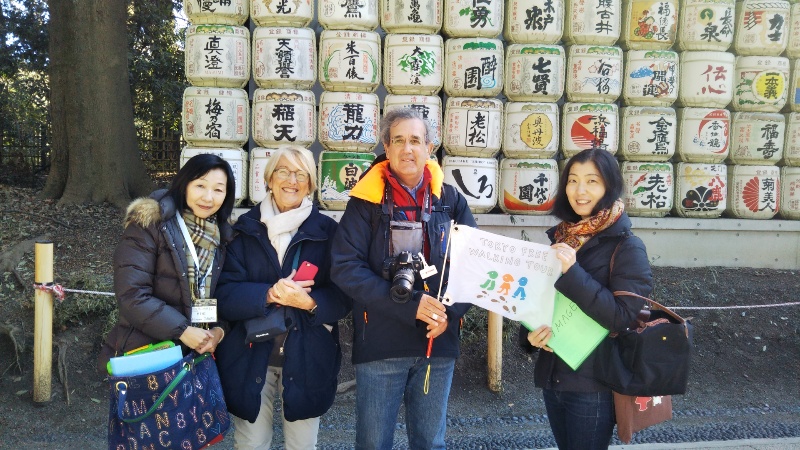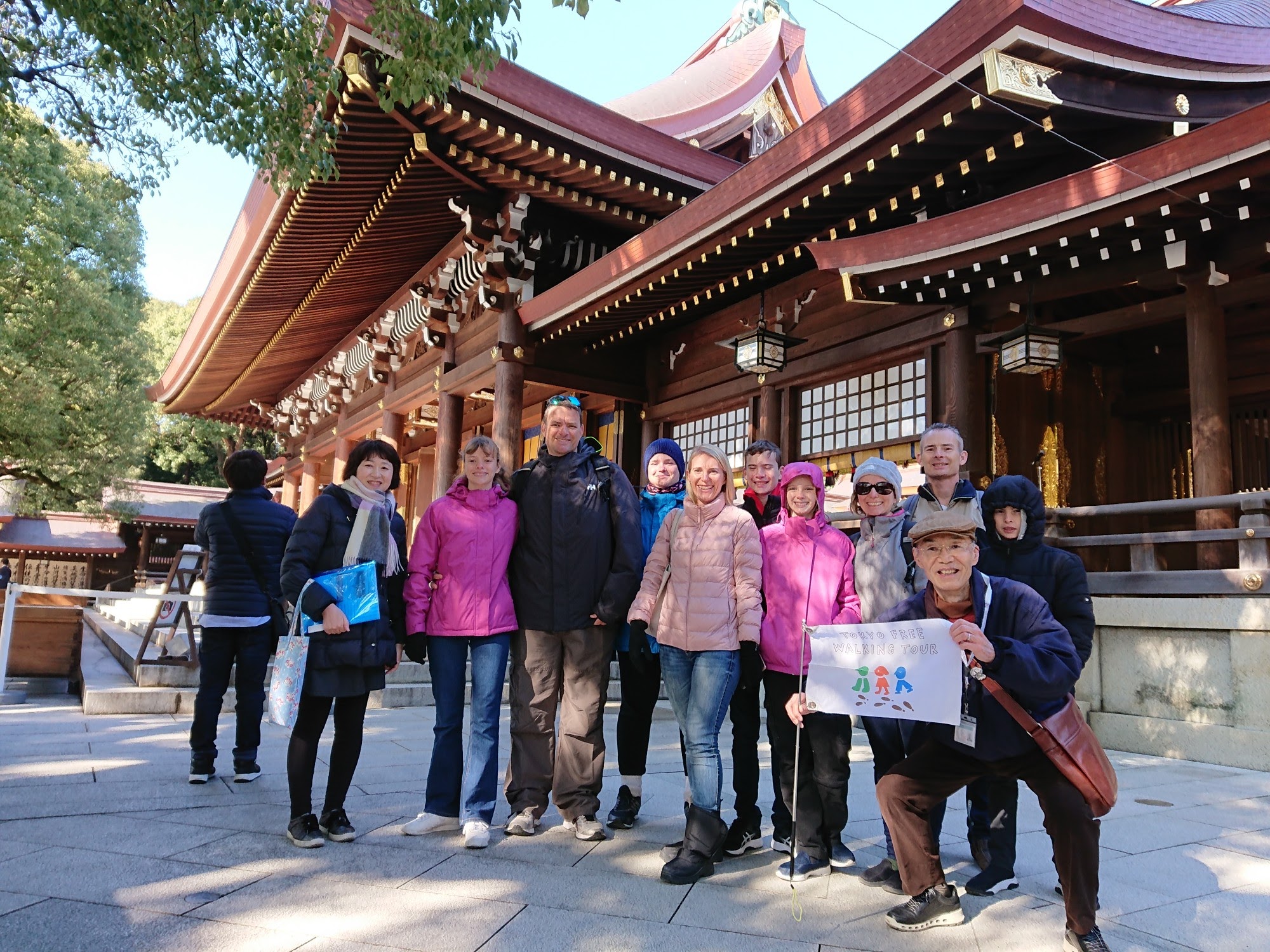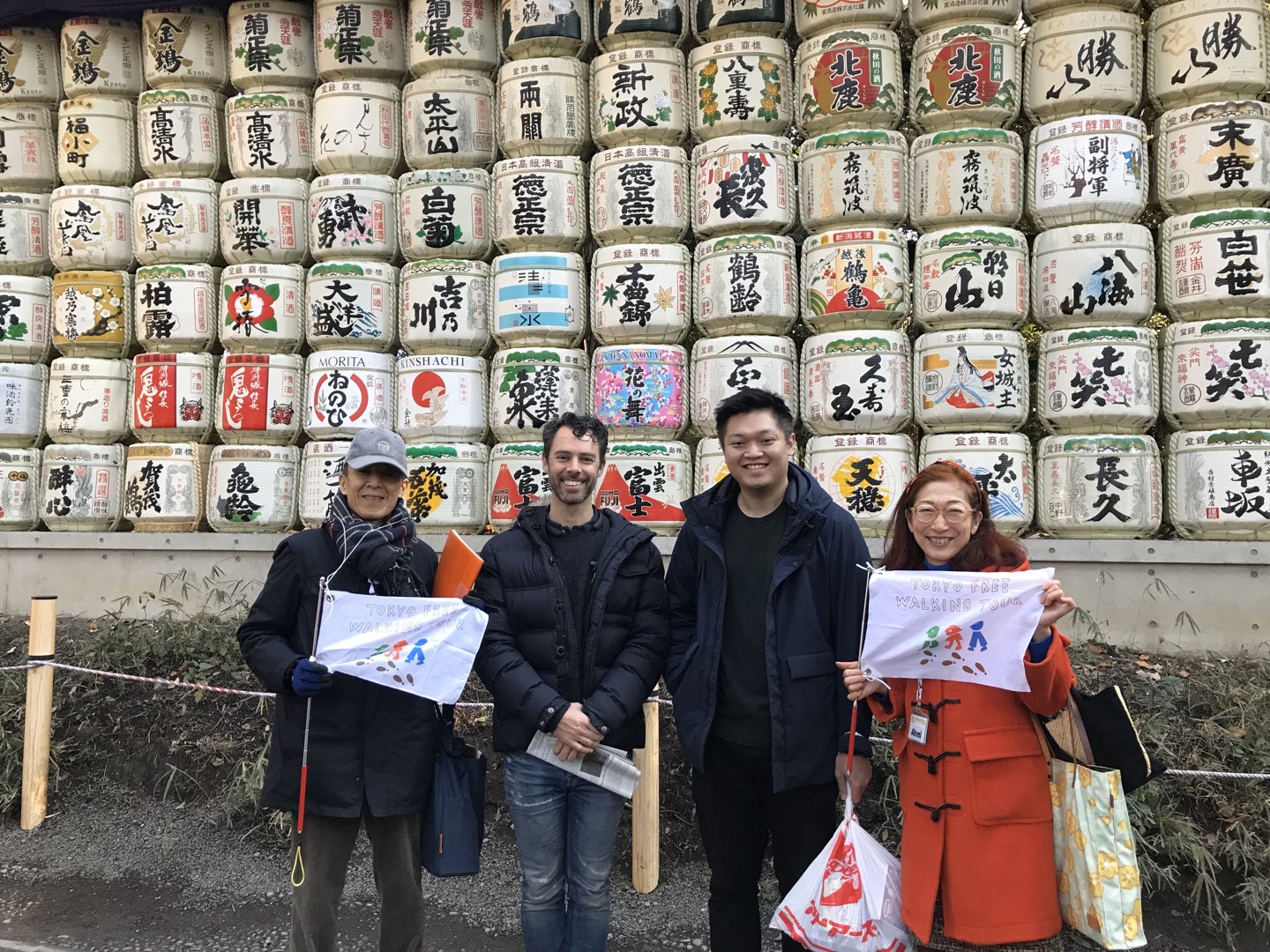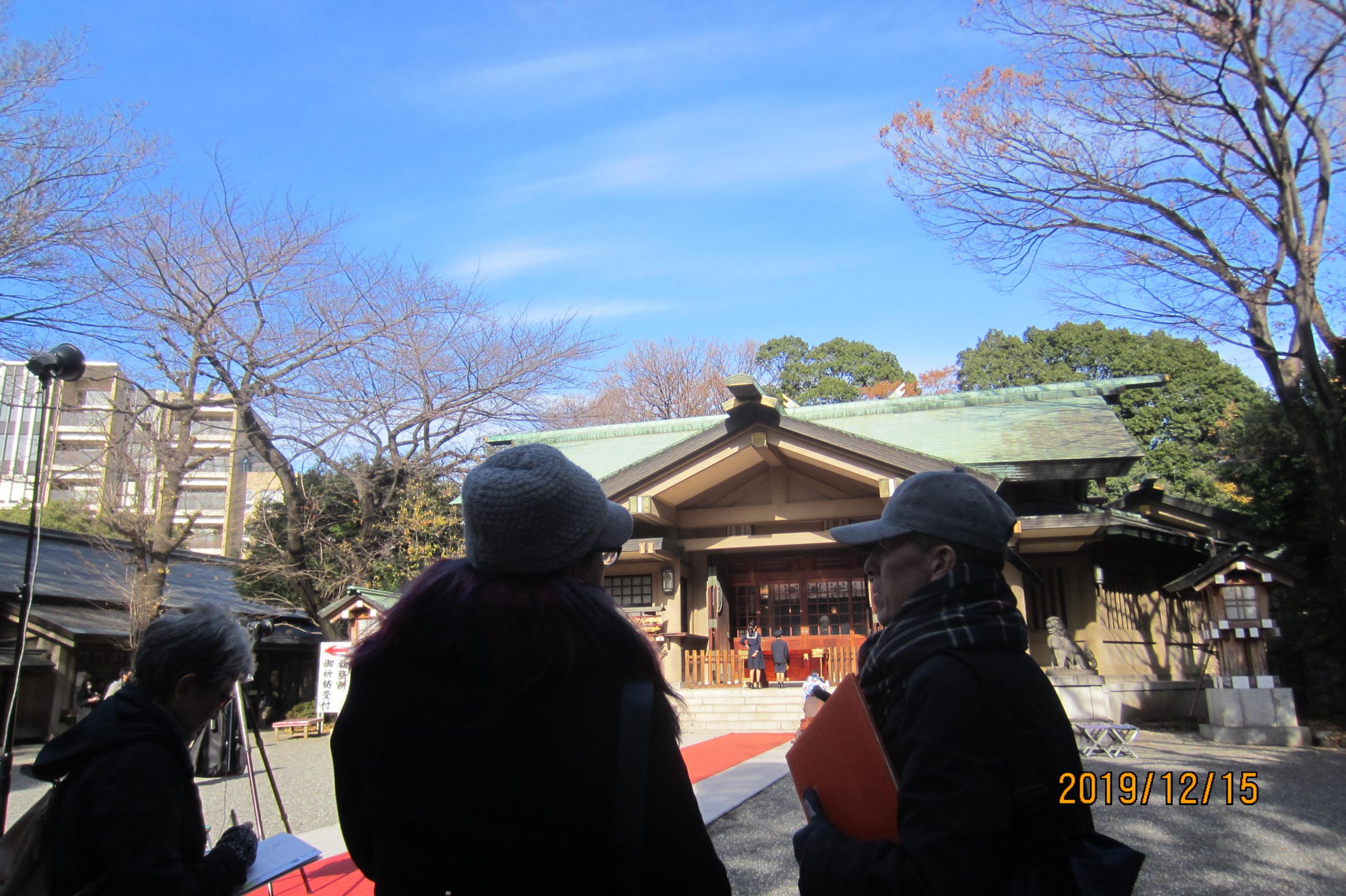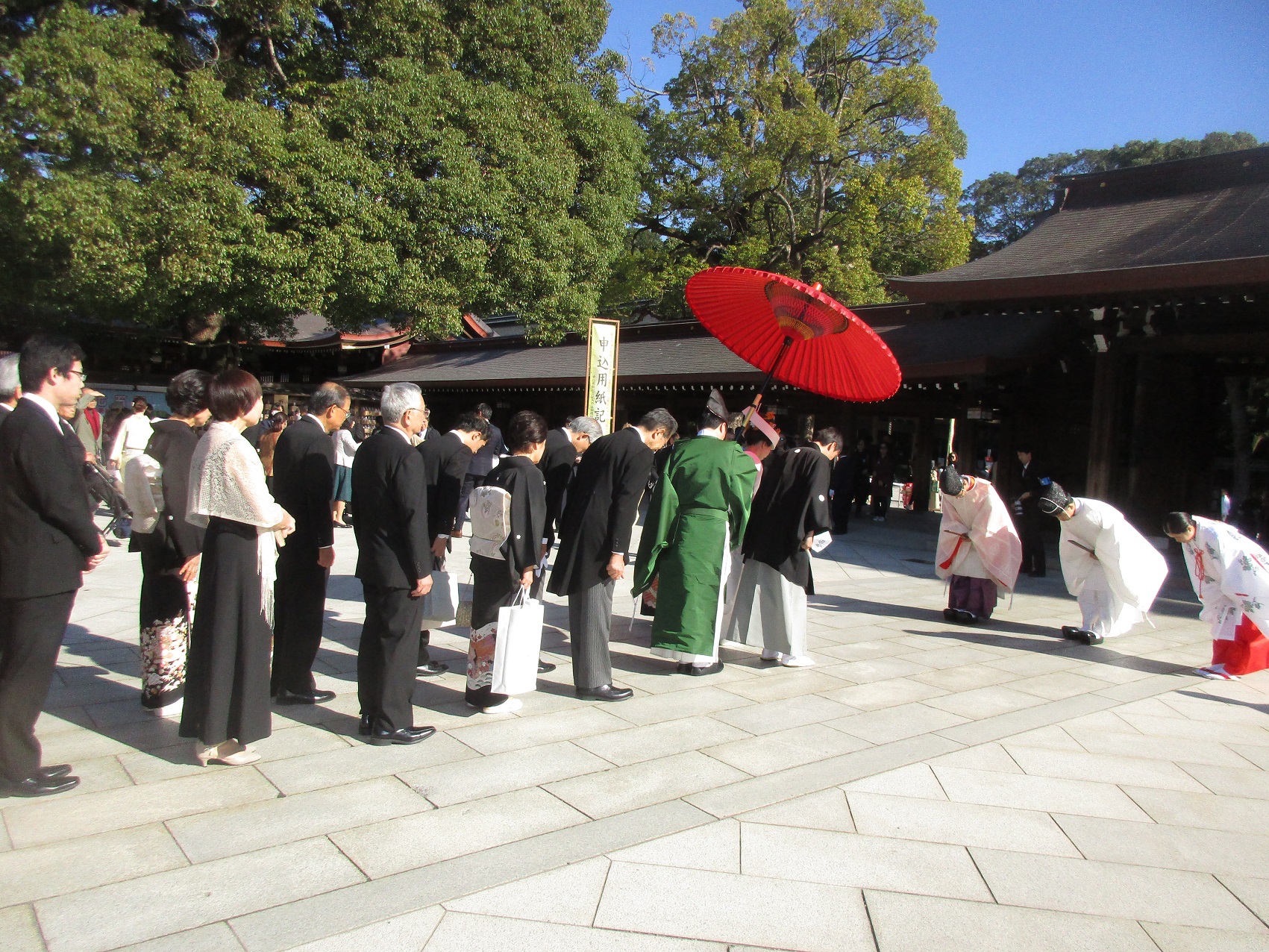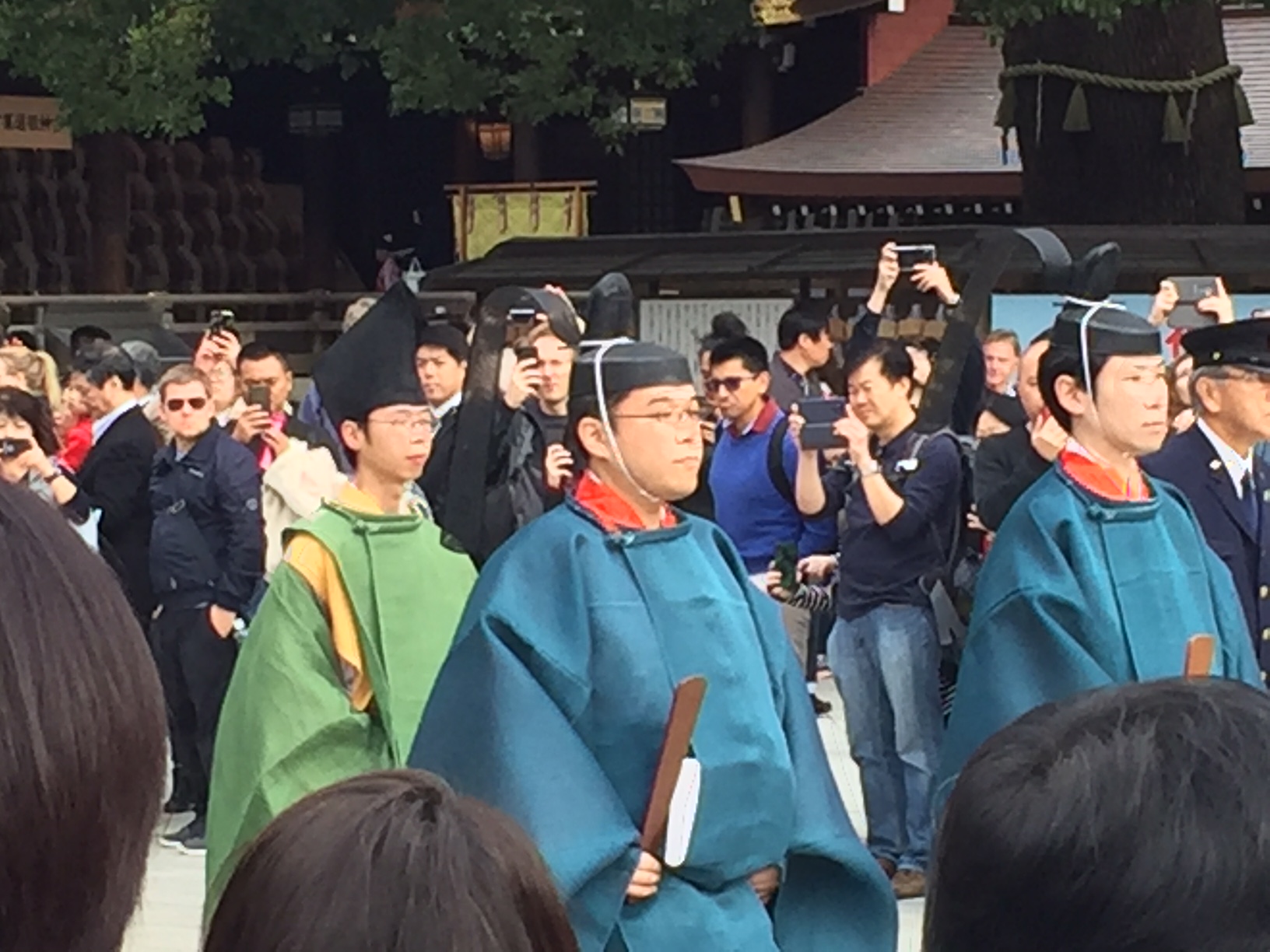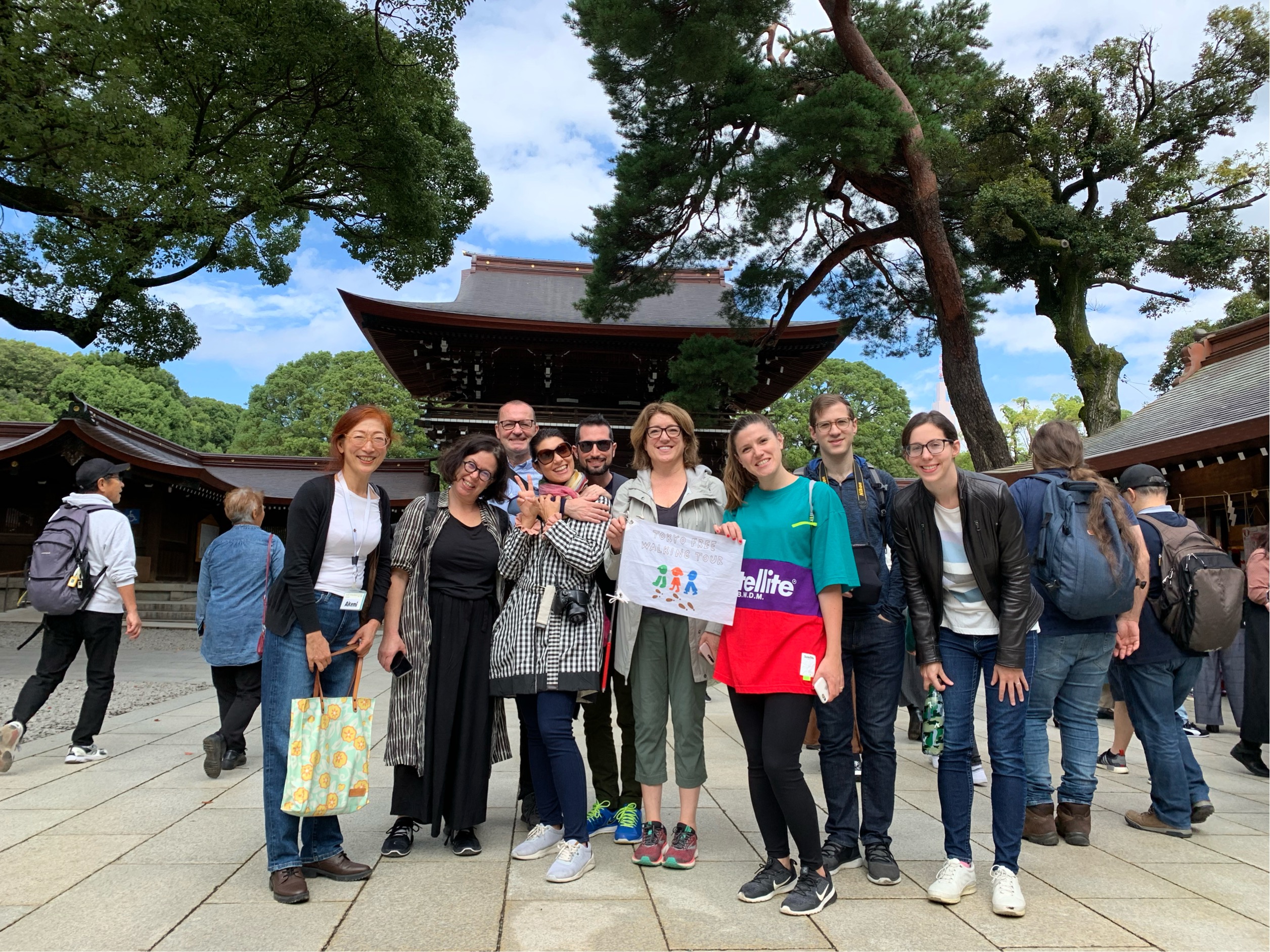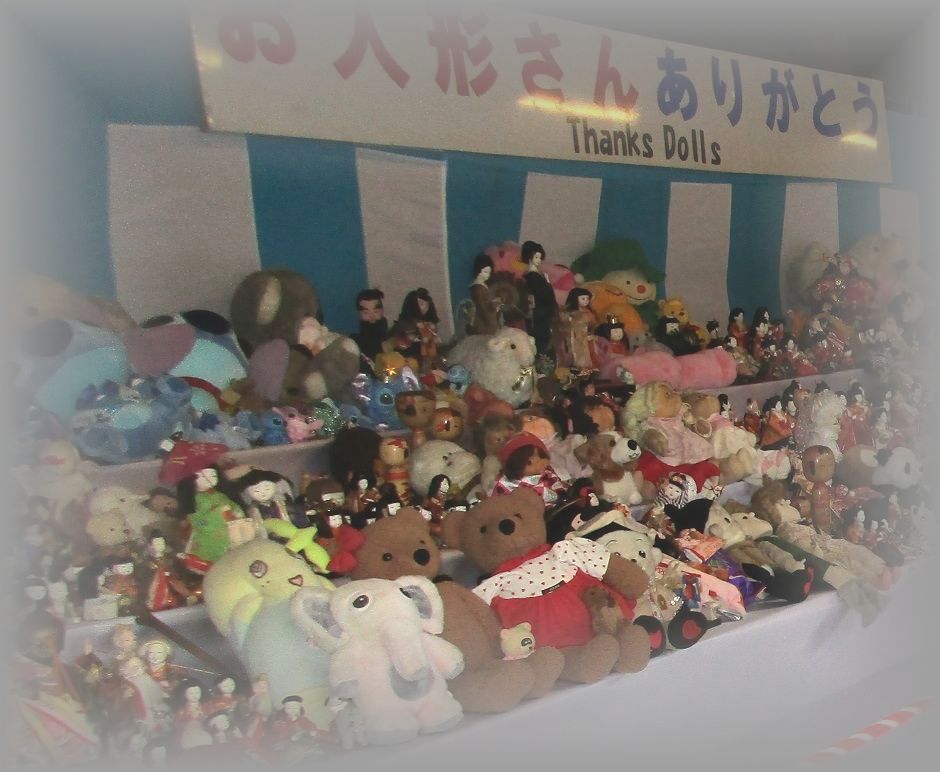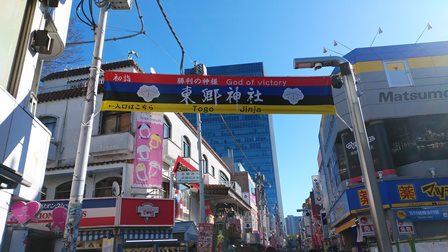 Meiji Shrine and Harajuku
Meiji Shrine and Harajuku Tour Report on 16 Februrary 2020, Enjoy the contrasts in Meiji shrine and Harajuku tour
Thank you for choosing our tours at Meiji Shrine and Harajuku on 16 Februrary 2020. We welcomed 4 guests from UK and France. I hope all of you enjoyed our tour and shared with us an interesting conversation of history and culture for a few hours. As promised, group photos and snapshots are attached. We always strive to improve our tours for the higher standards, your feedback is very important and useful. If you have a moment, please consider commenting about the tour on our Facebook /TripAdviso...

